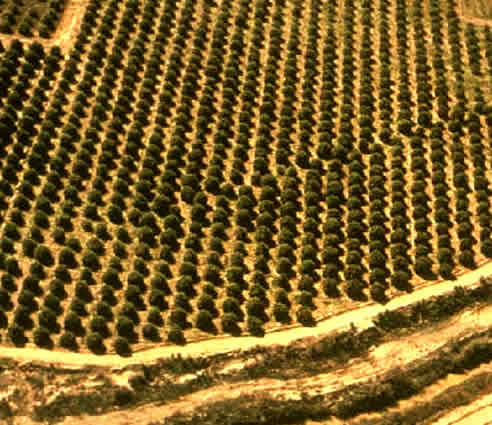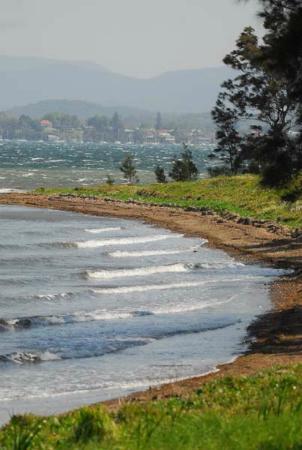Divergent plates are where the upwelling of magma at tectonic plate boundaries causes lava to be extruded and pulls the 2 plates apart. This part of the lithosphere contains mafic rock (high in iron and magnesium) from vulcanism and include basalt and gabbro. Plate divergence is generally occurring under the sea, with the notable exception if Africa's rift valley and Iceland.

Oceanic oceanic convergent plates
This takes place were 2 oceanic lithospheric plates collide to form island arcs. Examples of these include Japan, Indonesia and The Phillipines.

The older cooler plate gets subducted due to its slightly higher density. As the plate sinks sediments and water are also subducted. This lowers the melting temp of the rock. When it melts, the sediment and water may be incorporated into the rock altering its chemistry. The pressure of the molten rock mixed with water forces it upwards where it erupts forming the island arcs. Rock such as granite and rhyolite can be formed at these volcanoes. These are termed felsic rocks. These are lower in iron and magnesium, but higher in silica.
Continental oceanic convergent plates
When continental plate encounters a oceanic plate the oceanic plate is subducted. Rather than forming a island arc, these plates form a line of volcanic mountain ranges near the coastline. Examples of these are the Andes in South America and the Cascade mountains in the USA. Rock types produced from this activity is the same as those in oceanic-oceanic boundaries.

Continental Continental convergent plates
When 2 continents collide fold and thrust mountains will occur. This is caused by the compressional forces generated when the 2 continents are pushed together. There is no volcanic activity in these plates so no new igneous rock is formed. However frequent earthquakes occur due to the buildup and sudden releases of pressure on these rocks.

Transverse faulting
This occurs where 2 plates are moving in opposite directions relative to each other. There is no volcanic activity, but earthquakes can be frequent and sometimes strong. The figures below shows movement of trees in an orchid and fencposts relative to each other from slippages of the San Andreas Fault.











